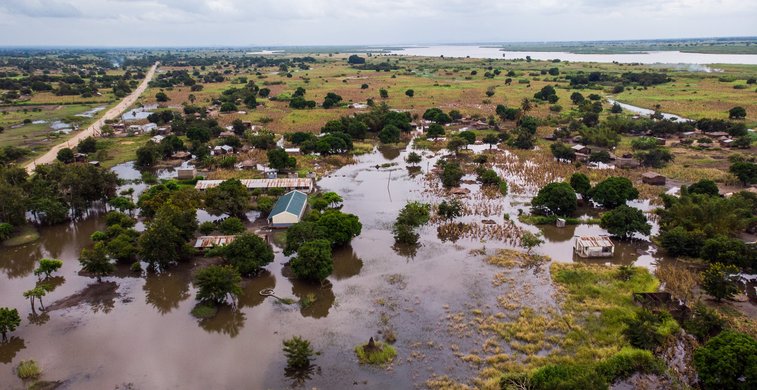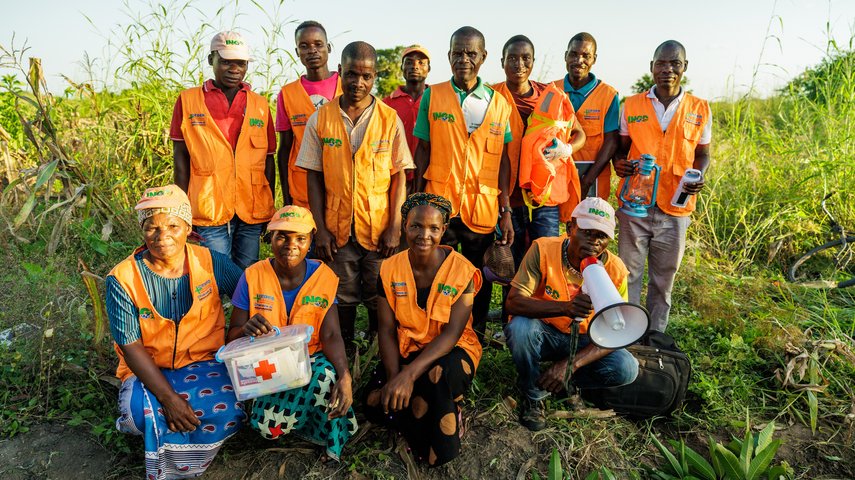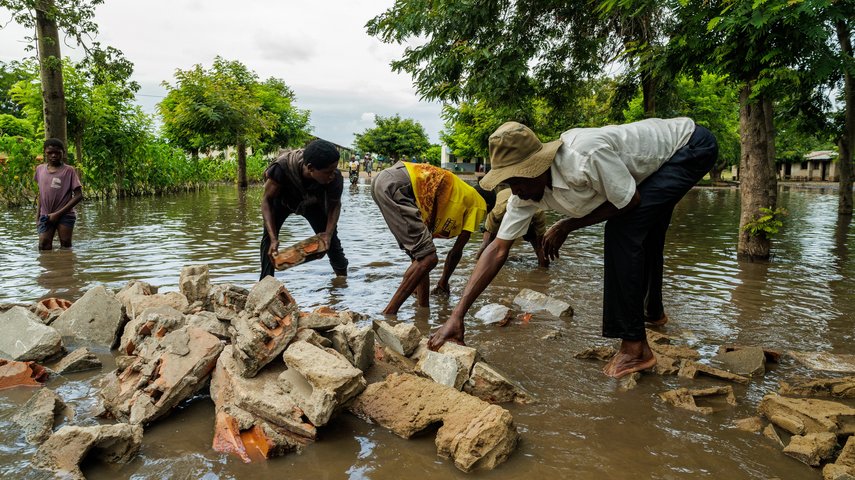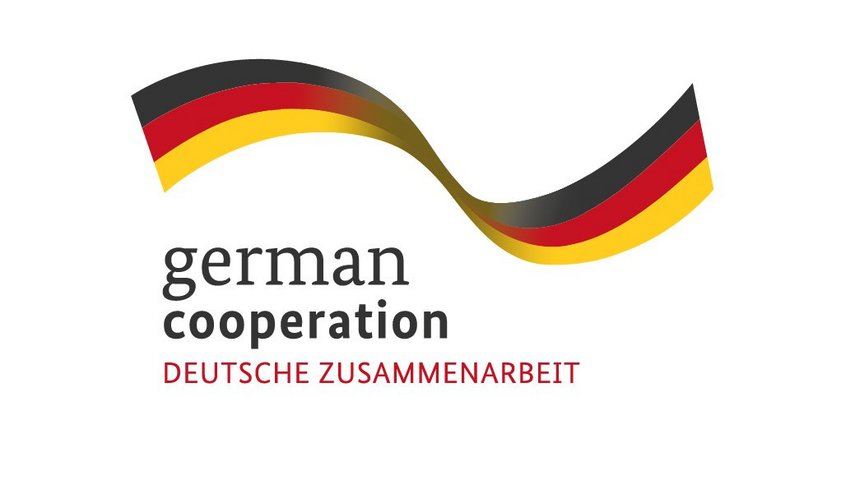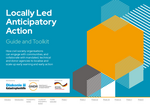We strive towards scaling up locally led anticipatory action. For example in partnership with the Global Network of Civil Society Organisations for Disaster Reduction (GNDR). What we do across 127 countries:
• With financial support from the German Ministry for Economic Cooperation and Development (BMZ), the project established and activated early warning mechanisms for early action ahead of forecasted cyclones and floods six times during 2022 and 2023.
• These early actions by local actors and communities, funded through microgrants, included the provision of volunteer first responder equipment and refresher training 2 days before impact and materials to protect vulnerable houses from heavy rainfall 1 day before impact.
• Prepositioned relief items were also arranged by village civil protection committees and distributed to affected families immediately after being displaced by flooding. These early interventions prevented loss and damage and enabled people to cope better and to recover much faster.
• Experiences and learning were gathered with the local partner NGOs applying this approach. This resulted in a published call to action directed at national governments and disaster management agencies, EU Member States and donors and technical agencies on how to mainstream locally led approaches into anticipatory action planning and design.
• The success of the call to action was built upon by developing the Locally Led Anticipatory Action Guide & Toolkit . This resource outlines a collaborative process among civil society organisations, communities, technical, and donor agencies to localise and scale up early warning and early action systems. More concretely, it asks decision makers to adapt legal frameworks to ensure accountability, flexible funding arrangements, and local actors’ involvement in shaping the allocation of humanitarian resources.

